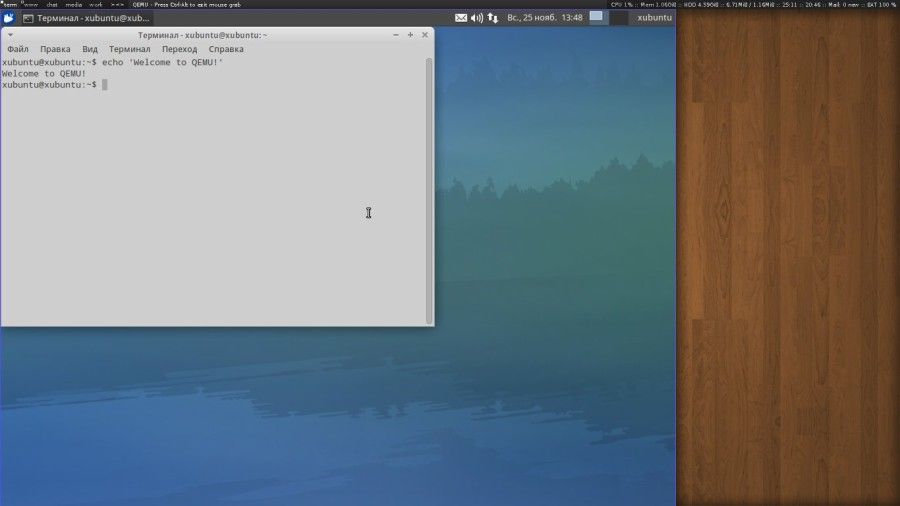

Recommended only if you are going to be switching through Windows Virtual PC and QEMU frequently.Ī Hyper-V compatible image format. If set, the Compat6 flag cannot be enabled.Ī file format which is compatible with Windows Virtual PC.
hwversion - Specify the vmdk virtual hardware version. compat6 - Create a VMDK 6 image, instead of the default VMDK 4. Recommended only if you are going to be switching through VMWare and QEMU frequently. static - If set, the image will be created with metadata preallocation.Ī file format which is compatible with VMWare 3 and 4. Recommended only if you are going to be switching through VirtualBox and QEMU frequently. This is the fastest option, and is recommended if you have a lot of disk space to spare.Ī file format which is also compatible with VirtualBox 1.1. if you formatted a file named raw with 2G as the size, it would take up 2 gigabytes of space on the disk. It is recommended to use qcow2 instead.Īs the name suggests - it is a "raw" file format, which means it will allocate all the space to the disk immediately, e.g. The main difference between the qcow2 and qcow file formats is that qcow2 supports multiple snapshots through a newer, flexible model for storing snapshots. This is an older version of the qcow2 file format. However it does have a minor speed loss compared to raw, but this is unnoticeable in normal use. It is fast, dynamically allocated, and has decent support in QEMU. QEMU can recognize and read several different file formats, but this section will list the ones you can create with qemu-img. Qemu-img create -f parallels Win7_32.img 16G Qemu-img create -f vhdx Server2012.vhdx 8G If you're going to experiment with the arguments for a bit, you may use these commands for reference: # All of these will be using QCow2 format for convenience. Fun fact: The ext4 file system is capable of a maximum of 1.1529215 exabytes!Īnd then when you combine them together, you get something like this:. Unrecommended unless you happen to have a supercomputer handy. For instance, 100G would be 100 gigabytes. You can also create hard disk images in pure megabytes if you want, e.g. For instance, 100M would be 100 megabytes. You can create hard disk images in pure kilobytes if you wanted, e.g. For instance, 100K would be 100 kilobytes. The following letters are accepted: K K stands for Kilobytes. 
Of course modern operating systems take up much more than that, so it's recommended to make it at least 30 gigabytes or more, which can be done by replacing 100M with 30G. This specifies the size of the virtual disk. It can be whatever, and have whatever extension (or none at all), it doesn't matter. This specifies the name of the image we are going to be using. There are many other file formats, which will be listed below. it only allocates space when needed, but at a (pretty much) unnoticeable speed loss. qcow2 is the recommended since it is dynamically allocated - e.g. The file format we are using, in this case qcow2. There is no documentation for these arguments for now, they will be described in more detail later.Īn argument that specifies which file format we are going to be using.


Other arguments include "dd", "info", "map", "measure", "snapshot", "rebase", and "resize". This tells qemu-img that we are creating a disk image. It is necessary for using the following command. It will create an output similar to this: Qemu-img create -f qcow2 example.img 100M The standard command for creating a basic hard disk image is this.








 0 kommentar(er)
0 kommentar(er)
